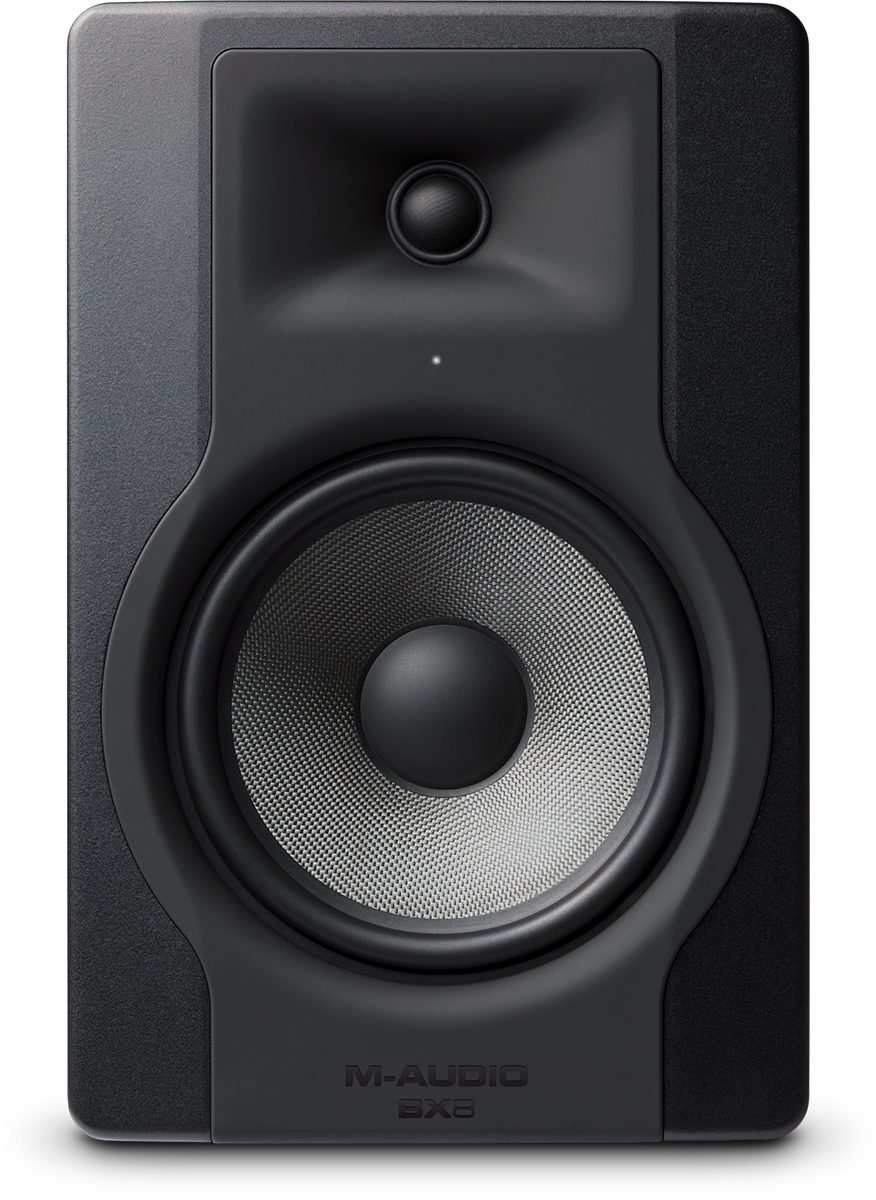Topic: How to increase the piano audio quality?
Hello!
I have a mini PC with some cheap speakers. So I know, can't expect an amazing sound quality. However, when I listen to some YouTube videos, especially from Phil Best, it sounds so awesome, even with my setup. But when I play, I feel that it sounds so much different. Somehow a bit dull and not so rich.
Phil Best even made a video about that topic: https://www.youtube.com/watch?v=j4SEgi5pADA
He says that he gets a lot of hate messages from people, accusing him of lying because their sounds doesn't sound nearly as good as his.
I think there are mainly two important factors which influence the audio quality:
- the sound card
- the speaker
However, with the same sound card and with the same speaker the sound is so much better with the YouTube videos.
I understand that I can buy better speakers. How about a sound card. Does something like that still exist? Since I have a mini PC, I can not add an internal sound card. And I have no idea about external sound cards and if it even makes sense to buy something like that.
Or do I just play bad? Hehe, well, it could be. But I play for several years, so at least a few seconds audio test, I should get a decent sound, I think.
I wonder if other people (just like the viewers of Phil Best) have a similar experience?
Thank you :-)
